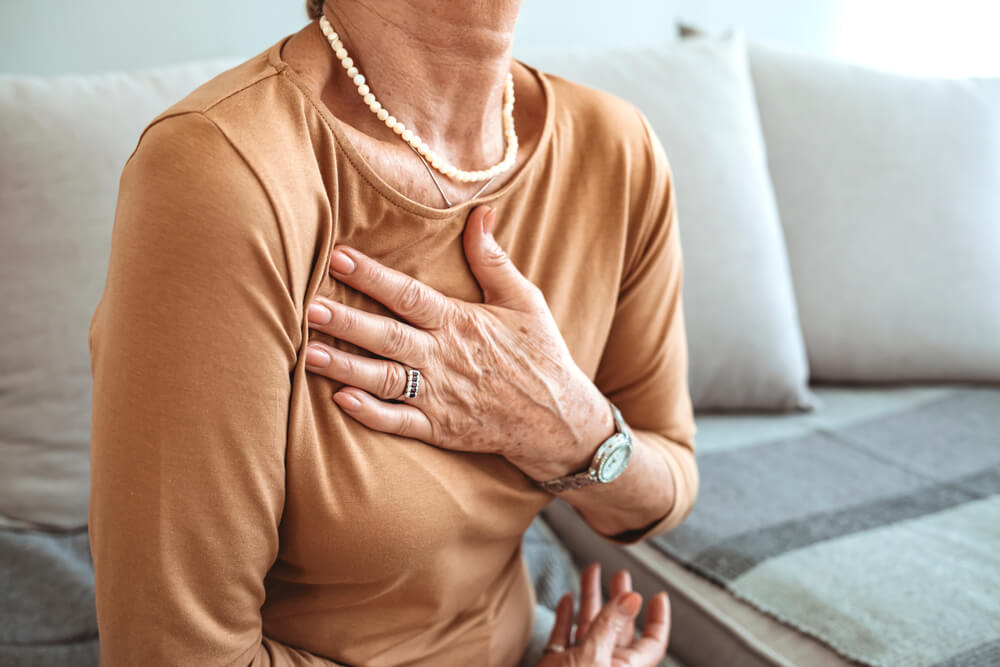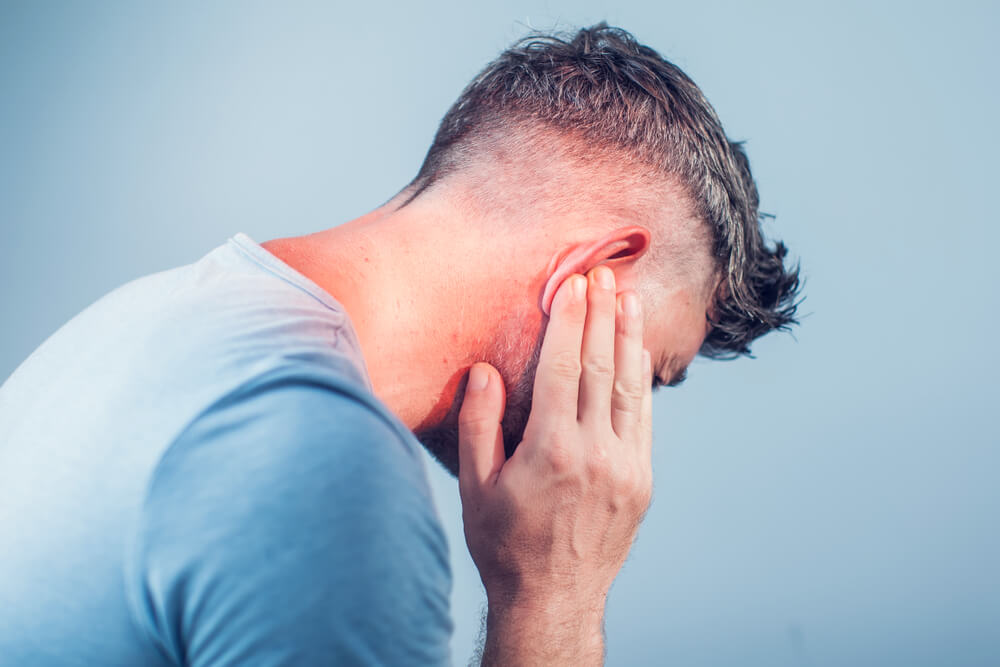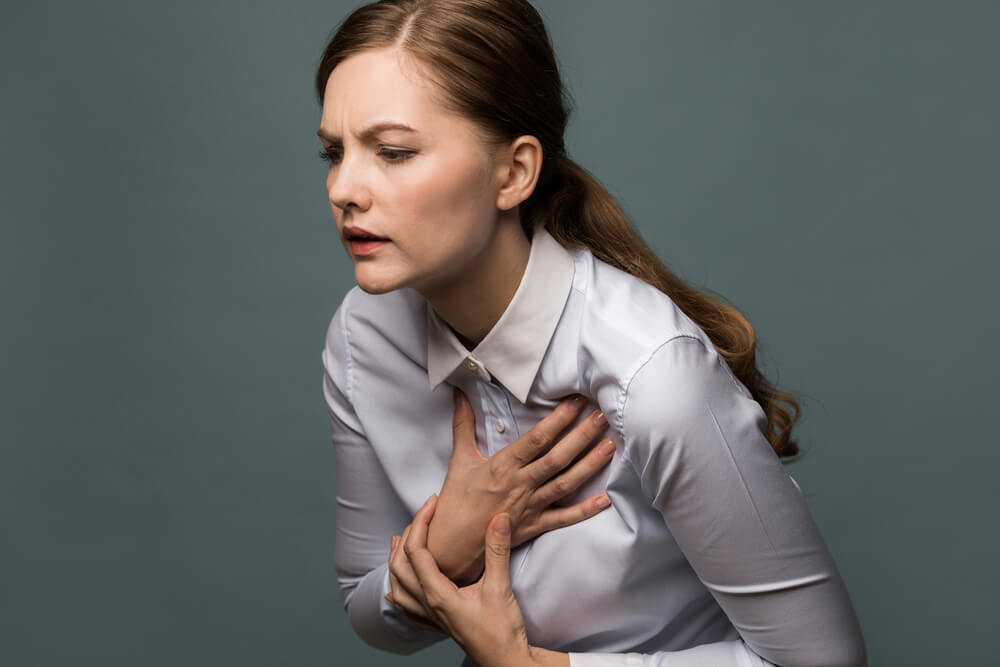This may not always be the case, chest pain will not always indicate heart problems, but the final diagnosis should be left to an expert.
If you need the best cardiologist in Belgrade, we are here for you. The Pulse cardiology center is located in New Belgrade and we are ready to provide you with a fast and quality service, because cardiovascular problems only need such a service.
What kind of chest pain exists?
Pain in the chest area is also described by some patients as stabbing in the chest, tightness in the chest, can occur with palpitations and can be of different intensity, from mild to excruciating. In addition, the duration will also vary. The pain can last for a few seconds, minutes, hours, but also for days, it can stop, then reappear, and it can last continuously.
Very severe pain will have the most effect on patients being scared and calling the doctor immediately, however, the intensity of the pain is not always related to the severity of the problem, at least not in heart disease.
The surface of the body, where the muscles and skin are, have many more nerve fibers that will react to the damage that occurs, so the pain in these areas will be very pronounced. There are much fewer of these fibers in the heart, lungs and internal organs in general, which will affect the intensity of the pain.
So, if you are not in a lot of pain, it does not mean that the situation you are in is not potentially dangerous. What is important for specialists to know, in order to know how to approach you, is what symptoms you still have, whether you have already been diagnosed with any diseases, whether you are taking any therapy.
It will be extremely important to describe how you feel, so that the doctors can direct the tests in the right direction.
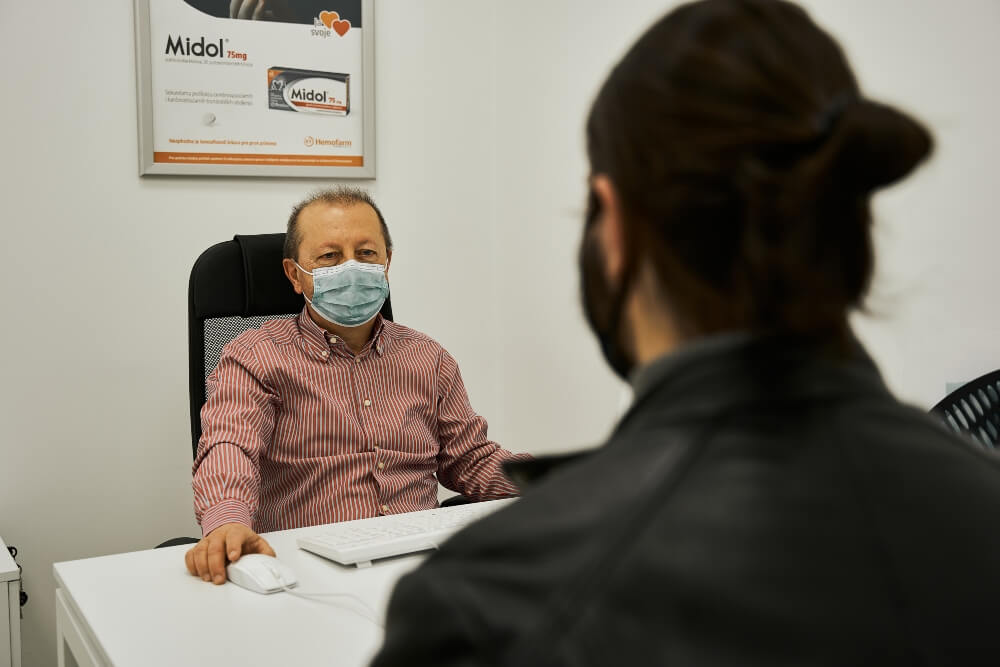
Is chest pain always a sign of heart problems?
Stabbing in the chest, tightness in the chest and general discomfort in that area can be signs that there is a problem with the heart, but they don’t have to be.
Chest pain can be a sign of a heart attack or angina pectoris, a bacterial or viral infection that has attacked the heart muscle or the heart sac, acquired and congenital diseases of the heart valves, but also other diseases that have nothing to do with the heart.
If the pain is located in the area behind the sternum and spreads to the shoulders, neck, shoulder blades and arms, but also the stomach, and in addition there are discomforts such as fainting, nausea, vomiting, suffocation, sweating and weakness, one should suspect the heart and see a doctor as soon as possible.
Heart diseases must be treated and kept under control, and sometimes appropriate intervention will be recommended to patients if the therapy does not produce results.
Classification of anginal chest pain
Angina pectoris is the most common cause of heart problems that involves chest pain. If it is not treated, it leads to a heart attack.
Angular pain is a sign that your life is in danger and you must recognize it and contact the doctors without delay.
Stabbing in the chest, tightness in the groin, pressure as if something heavy is resting on your chest are characteristics of angioedema. It lasts a few minutes and is a warning sign.
It is possible to classify anginal pain:
- Class I – pain does not occur during regular activities.
- Class II – physical activity such as walking and climbing stairs causes pain.
- Class III – activities such as walking, climbing stairs, walking uphill cause pain, and it can occur after meals and due to stress.
- Class IV – pain is present both when resting and when doing anything.
What other problems can indicate chest pain?
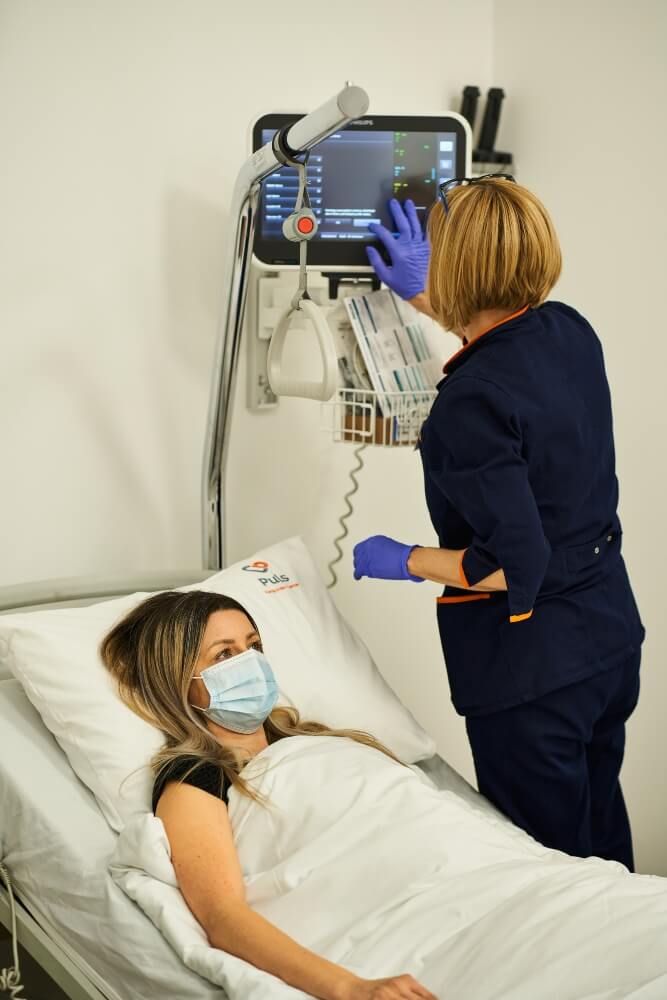
As already mentioned, chest pain can also indicate other diseases:
Diseases of the respiratory organs
When there is a viral or bacterial infection of the lungs or lung tissue, pain in the chest area can be one of the body’s reactions. Then the pain is usually sharp and appears or intensifies when the patient coughs, it also depends on breathing, so it can affect its intensity and occurrence.
The patient will often feel relief when he lies on the part where he feels the pain, because that way he moves less that part of the body, which strongly reacts to movements.
When the disease worsens and pneumothorax occurs (the penetration of air into the lung tissue due to its damage), the pain suddenly intensifies, as well as coughing and suffocation.
Severe chest pain and suffocation together can be signs of pulmonary embolism, which is caused by a thrombus, i.e. blockage of the artery that supplies the lungs with oxygen by a blood clot.
Diseases of the digestive organs
When there is an inflammatory process or a problem with the digestive organs, chest pain can appear as one of the symptoms.
Accumulation of gases in the intestines can cause pain localized in the chest area. Pain can be transmitted from the stomach to this part and due to gastritis, gastric hernia and stomach ulcer, this pain can be very similar to an infarction of the lower wall of the heart.
Chest pain can also occur due to poor function of the esophagus, gallbladder, liver and pancreas.
Bone and muscle problems
When there is damage to muscles, nerves or cartilage, a person can also feel severe pain in the chest area, but usually the painful area is clearly defined and it reacts especially to touch and change of position. The reduction of pain intensity can be influenced by massage, and in one moment it will go from strong and sharp to a dull pain of lesser intensity.
Damage to the rib cartilage, ie injury or inflammation of the cartilage between the sternum and the rib, can also lead to chest pain. The duration of this pain can be measured in years.
If there is an injury to the ribs, there will also be pain in the chest area, but it will be clear to everyone that the pain originates from that problem, because there will be other visible signs of injury.
Stress
Even stress can be a trigger for chest pain, so anxiety and depression can also be linked to it.
During an attack, in addition to this symptom, a person may also feel fainting, burning, irregular heartbeat.
In those situations, the survivor may appear to have a heart attack, but if the person does not have cardiovascular problems, the heart attack will not happen and does not happen at that moment.
On the other hand, if there is a problem with the blood vessels and the heart, stress can be a trigger for a heart attack.
What should I do if I feel chest pain?
This symptom may or may not be a sign that your health is seriously compromised. You should always take into account the existence of other symptoms and other things important to your general condition.
However, it is best to leave the decisive word on the causes of this pain to the experts.
If you want to be examined by the best cardiologist in Belgrade, Pulse Cardiology Center is your stop.
Within the hospital, we have a Chest Pain Center that uses an innovative system called the Rapid Chest Pain Track.
This system means that you have the opportunity to have the most important analyzes done in one place in the shortest possible time in order to diagnose the primary problem that caused the chest pain.
Fast Track means:
- Emergency reception
- Complete diagnostics and examinations
- Condition monitoring
- Intervention if necessary
Pain in the chest area scares most people and most people will want to act as soon as possible and find out the cause. No one wants the pain and fear they felt at that moment to return.
Regardless of whether this symptom is a sign of heart disease, disease of another organ system, or is harmless, the patient should know how to be ready to react if it happens again or how to prevent its recurrence.
We can give you the answers you need.

